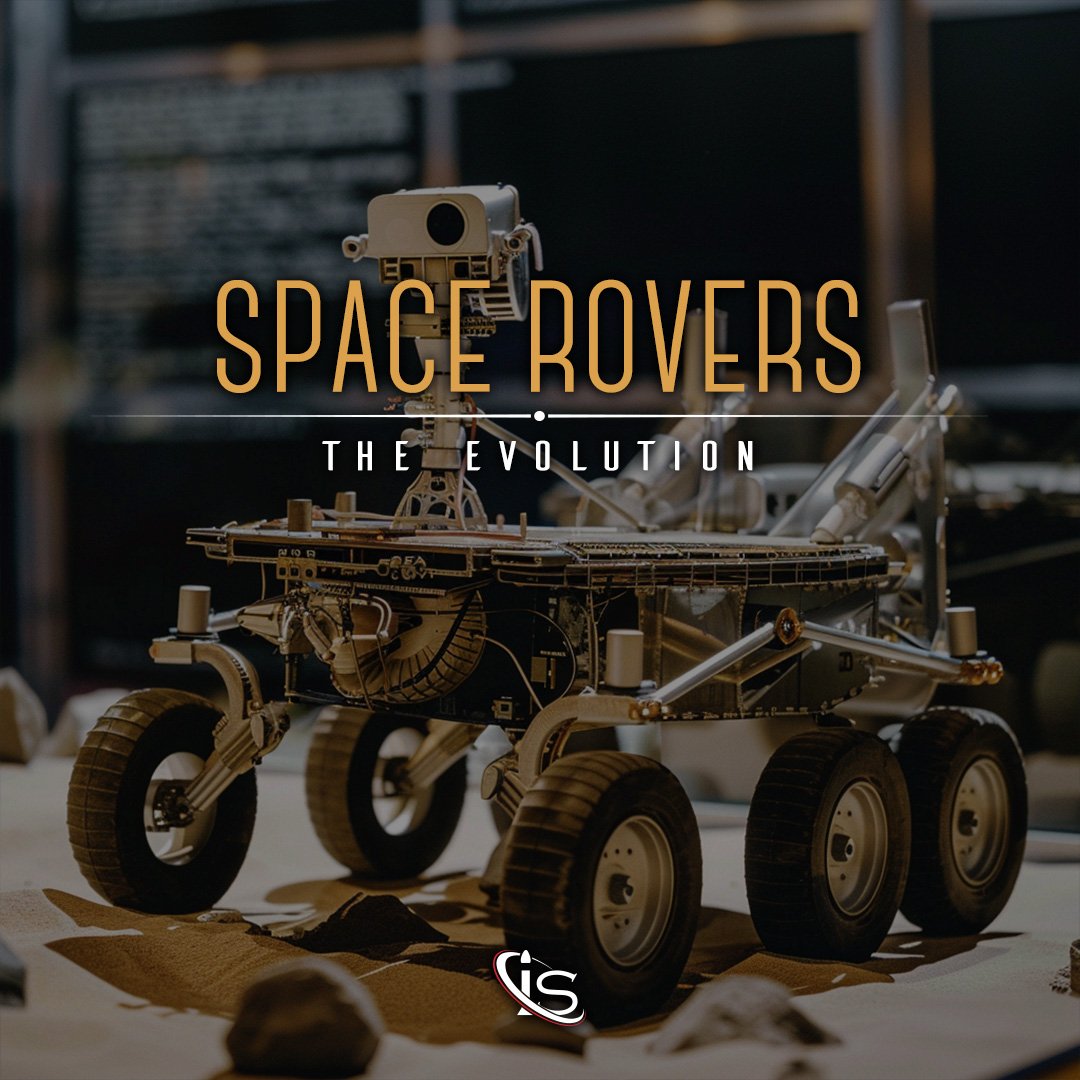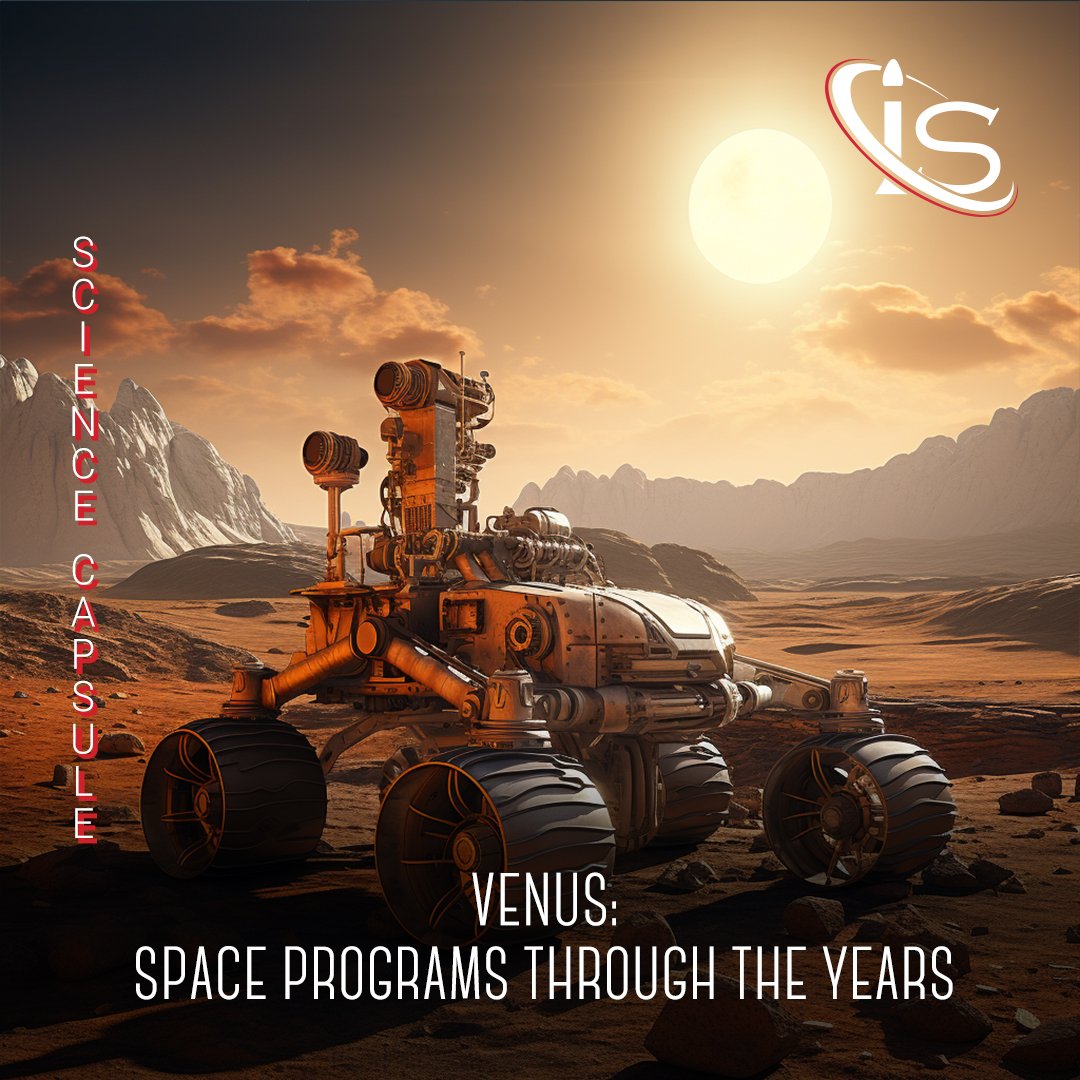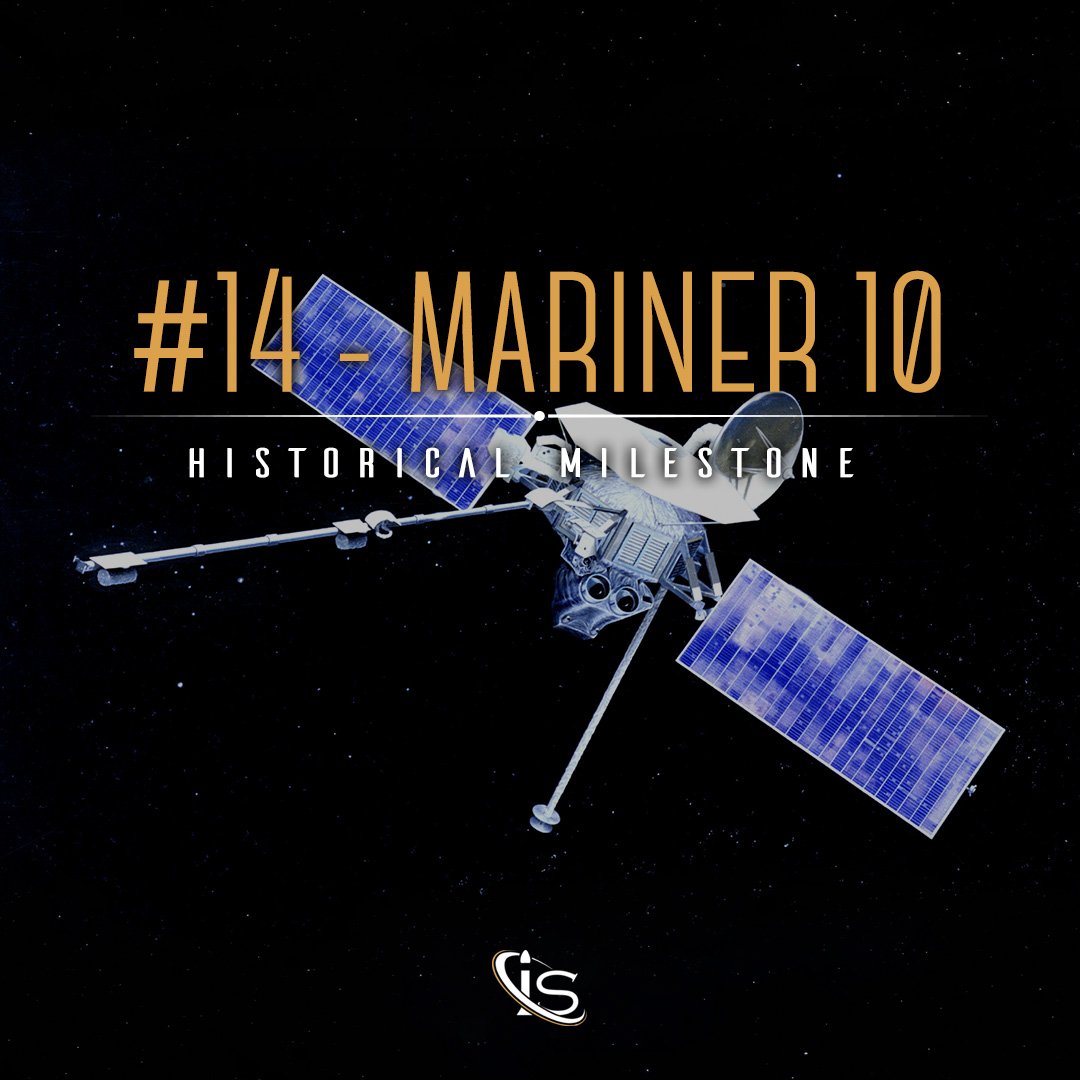Welcome to another installment of our historical milestones series. Today’s topic is one we touched on in the past, during our capsule on the Mars Missions — that being Mariner 4. However, as this is the sole focus of today, this mission will get much more of a spotlight. And with that preface out of the way, it is time to jump back in time to the year 1964.
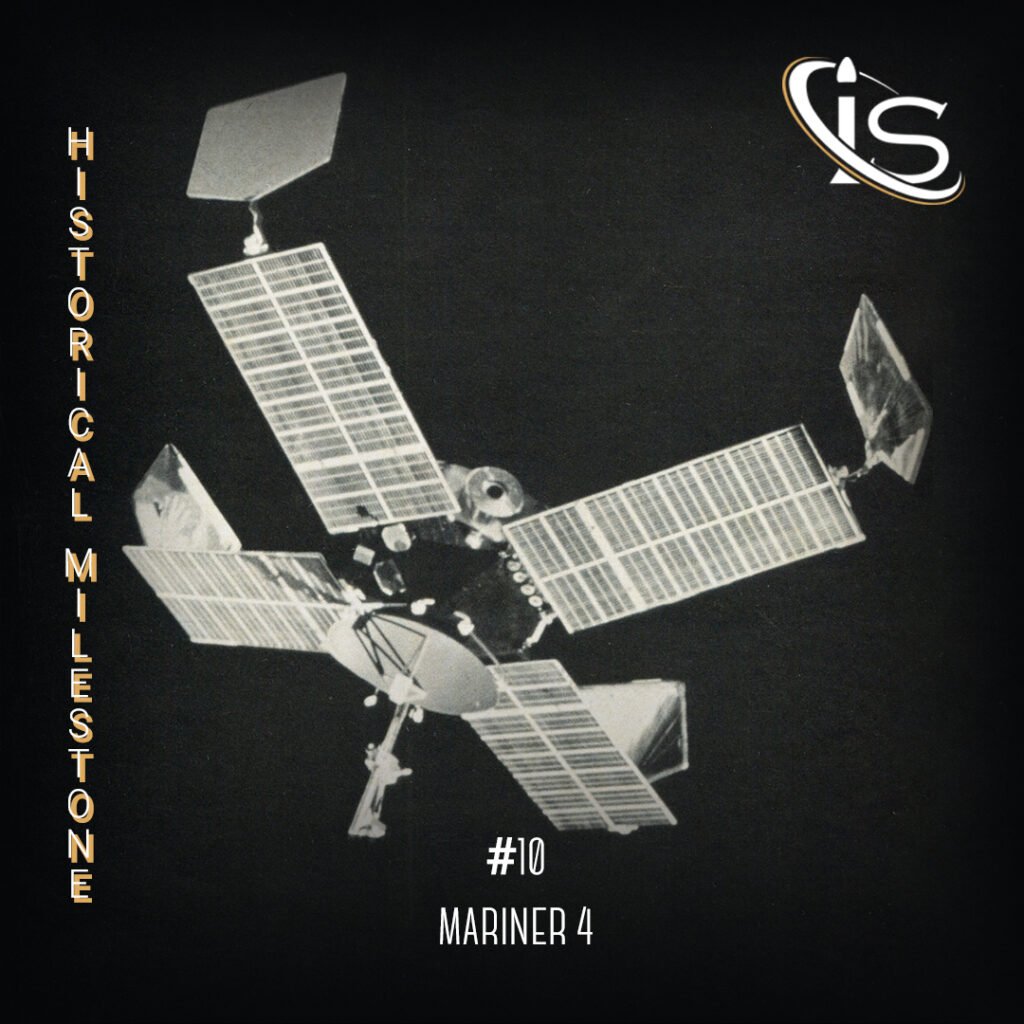
Mariner 4’s Trip
This historic spacecraft took to the skies on November 28th, 1964, from the one and only Cape Canaveral, with its mission objective being the first flyby of Mars. Well, first successful flyby of Mars, to be more specific. After all, its predecessor, Mariner 3, did attempt the same mission, just to no avail.
However, this is a historical milestone about Mariner 4, so let’s get back to the topic at hand. After its launch, it would take this machine a whole 8 months to reach its destination. Or, at least, the closest flyby point of its mission. But before getting to that, it seems like a rather good idea to first touch on this spacecraft’s journey.
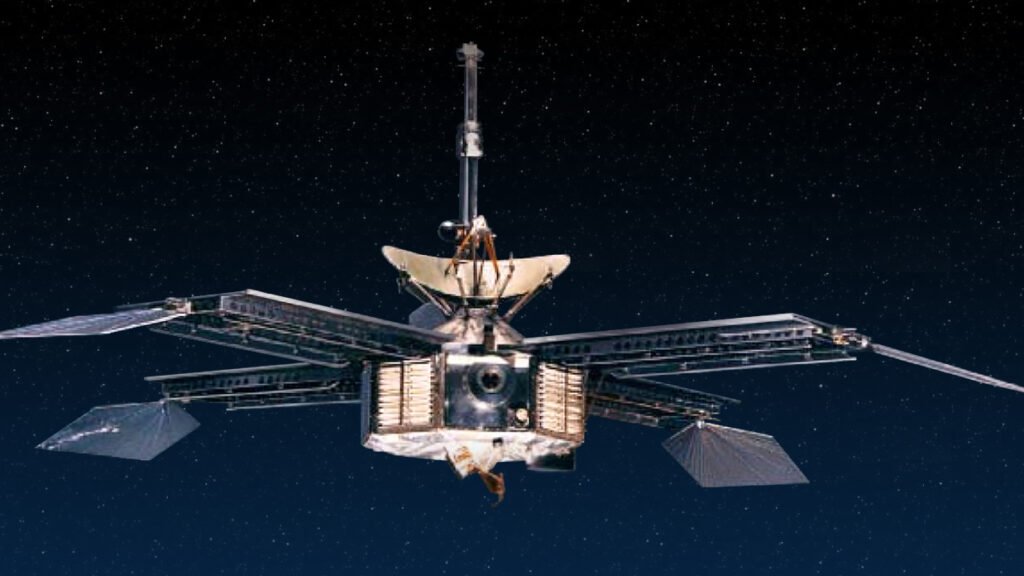
Mariner 4’s trip to Mars went about as well as one could have hoped. Especially, when considering the fact that no spacecraft before it had successfully completed a flyby of the red planet. Still, there were some key events that are worth discussing along the way. First off, a minor course correction was needed to ensure Mariner 4 reached its destination. This occurred on December 5th, 1964. Another interesting fact is that there was a faulty piece of equipment with the plasma probe, which led to its readings being impossible to interpret. Although, it did manage to deliver some data between January and May 1965. A further problem occurred with a sensor of the ionization chamber experiment — a Geiger tube — which stopped sending data in March of the same year. But with all that out of the way, it is time to discuss how the actual mission unfurled.
Mariner 4’s Mission
On July 15th, 1965, Mariner 4 reached its closest approach to Mars, which was a distance of 9,846 km or 6,118 mi. This is when a lot of Mariner 4’s revolutionary data and images were taken. The first of these were actually taken shortly before closest approach was reached, through green and red filters. The total number for this initial batch was 21 images — plus the beginning of a 22nd one.
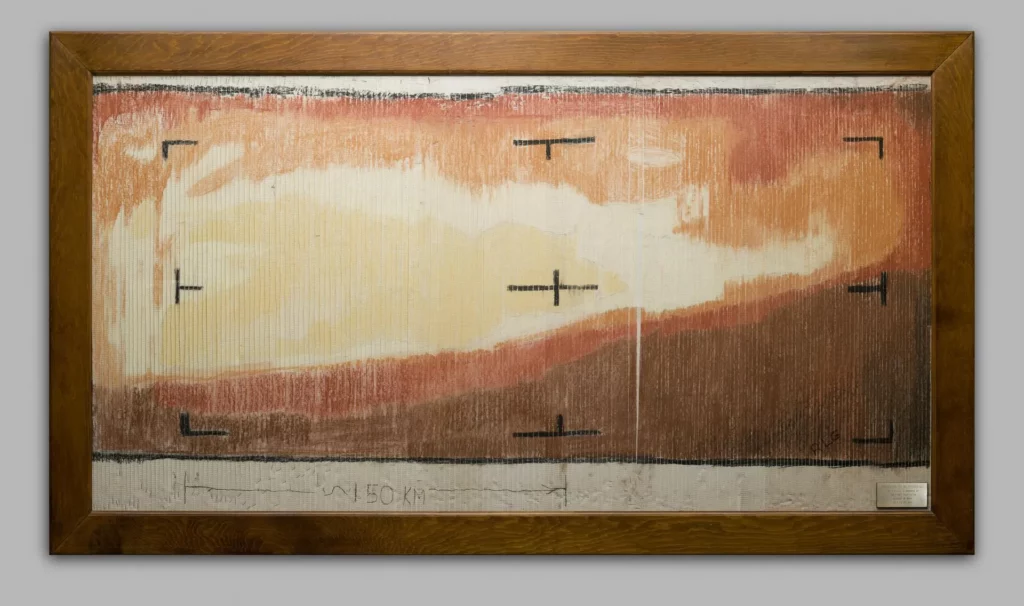
After getting to within the designated distance, Mariner 4 veered behind the right-side of Mars (as seen from Earth). This was part of an occultation experiment, where its radio signals were refracted off the Martian atmosphere. The results showed that Mars has low surface pressure, meaning any lander would need to be equipped with retro-rocket engines, in addition to the standards parachutes.
Moving on to other important data retrieved by Mariner 4, there is the detection of Martian surface temperatures during daytime. These came in at -100 oC (-148 oF), which is obviously quite a bit colder than what we are used to here on Earth. Furthermore, Mariner 4 also detected a very weak radiation belt coming from Mars. Its strength was measured to be approximately 0.1% of Earth’s. It is also worth noting that, while a lot of these images and data were collected on the day of Mariner 4’s closest approach, it would take until the next day for them to start getting relayed back to Earth.
Mariner 4’s Impact
The Mariner 4 spacecraft would continue to remain operational until Oct 1st, 1965. However, this was not the end of its story, as in Oct of 1967, it was reactivated to help with attitude control tests for the Mariner 5 mission to Venus. After this was done, Mariner 4 was deactivated for good on the last day of that very same year.
The impact left by this mission cannot be overstated. From providing physical evidence for what had previously only been theorized, to definitively putting a stop to any notion of lost Martian civilizations, Mariner 4 was crucial to our understanding of the red planet. That is without even mentioning that it was the first time any planet outside of Earth had had its picture taken at such close range. Truly, this was one of the biggest steps forward in the exploration of space.
And with that, I leave you for today. I sincerely hope you enjoyed learning more about this fascinating probe. Next week will be a capsule on the new ESA telescope, Euclid. Make sure to tune back in for that! And for anyone who celebrates it, I hope you had a fantastic thanksgiving. “See you” all back here, at impulso.space, next week!
